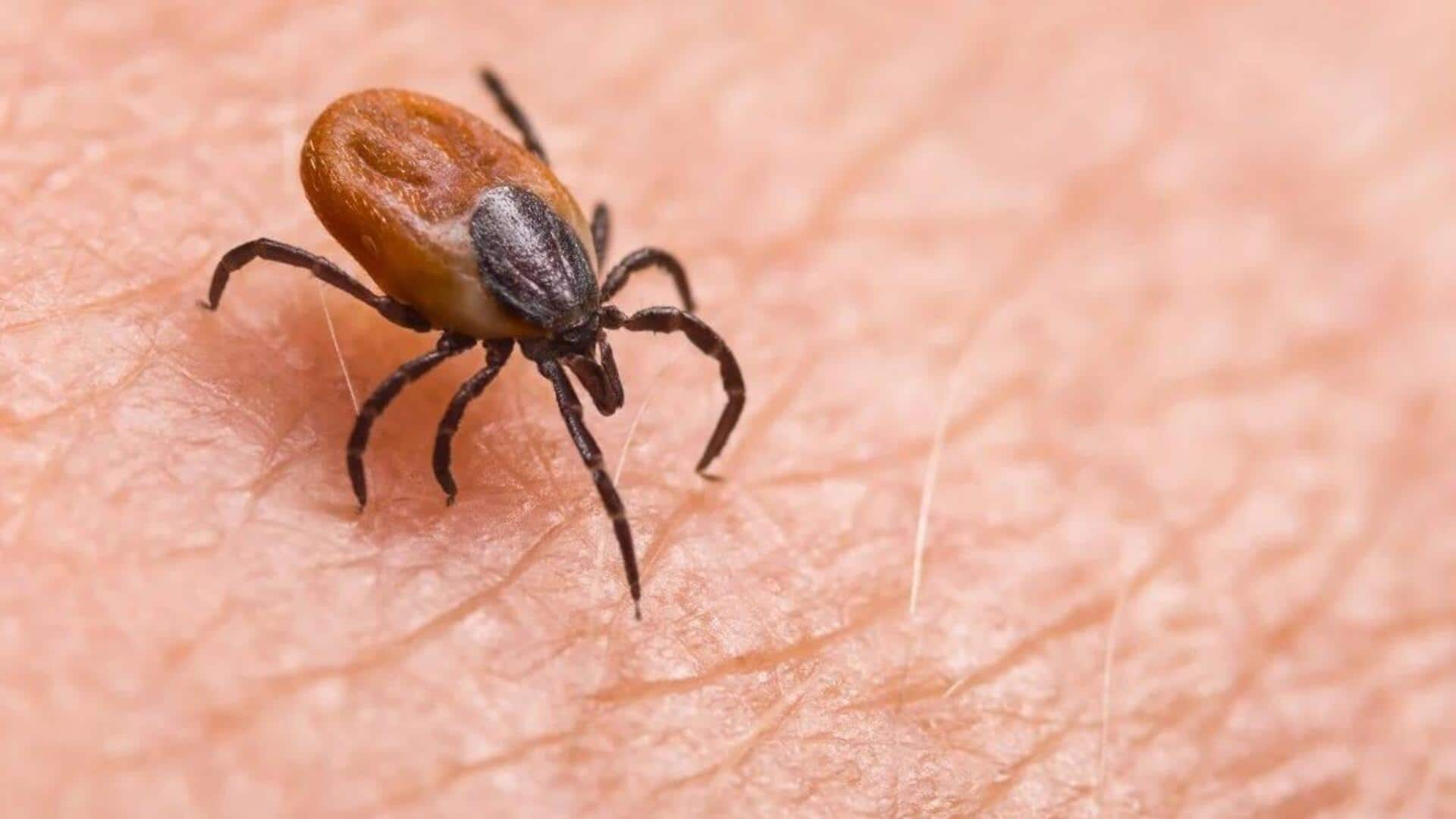
Vet dies treating cat with deadly virus; Japan on alert
What's the story
Concerns have risen in Japan after a suspected animal-to-human transmission of the Severe Fever with Thrombocytopenia Syndrome (SFTS) virus led to a veterinarian's death. The vet, who remains unnamed, developed symptoms after treating a cat with SFTS virus in Mie prefecture in May. Despite being hospitalized, he died days later. An autopsy failed to find the typical tick bite that transmits SFTS, raising questions about how the infection occurred.
Safety measures
JVMA issues alert to its members
The Japan Veterinary Medical Association (JVMA) has called on its members to adopt stricter preventive measures against the SFTS virus. JVMA spokesperson Daisuke Tsukamoto told This Week in Asia, "We are still not absolutely sure how this infection happened and the ministry of health is working with prefectural authorities to determine all the details." "We quickly issued an alert to our members to share as much information about SFTS and how to avoid being infected," he added.
Information dissemination
Report outlines signs of SFTS in animals
The National Institute of Infectious Diseases (NIID), a research body under Japan's Ministry of Health, Labour and Welfare, has released a 17-page report for veterinarians. The report outlines signs of SFTS in animals, preventive measures against tick bites, risks from infected animal fluids, and guidelines for safely disposing of dead animals. It aims to educate veterinarians on the virus and its transmission methods.
History
History of virus
In 2011, SFTS was positively identified by a Chinese researcher. However, a re-examination of cases in which people were taken ill with similar symptoms has enabled experts to confirm probable incidents as far back as 2006. In 2011, 571 SFTS cases and 59 deaths were reported in China. SFTS was first identified in Japan in 2013, when 40 cases were reported. As of April this year, a total of 1,071 cases had been confirmed, and 117 deaths.
Fatality
Fatality rate of SFTS
There is no known cure for SFTS, and most victims ultimately die of multiple organ failure. In cats, the fatality rate is typically more than 50 percent. In 2019, the NIID stated that the high fatality rate in humans warranted its classification as a new viral hemorrhagic fever, placing it in the same category of infections as dengue and Ebola.
Transmission
How virus reach humans
In Japan, the virus is hosted by wild animals, mostly deer and boars, but also by hedgehogs, cattle, goats, and sheep. The ixodidae ticks that feed on wild animals, such as the Asian long-horned tick, can then attach themselves to pets in grassy areas or, in some cases, directly to humans who pass through undergrowth.
Symptoms
Symptoms of SFTS
The SFTS virus is transmitted mostly through the bites of infected ticks found in woods and grassy regions. However, it can also be spread by infected animals' blood, saliva, vomit, and excreta, particularly cats and dogs. Fever, vomiting, and black feces are common symptoms, and the incubation period ranges from six to fourteen days. The disease has a fatality rate of up to 30% in people.